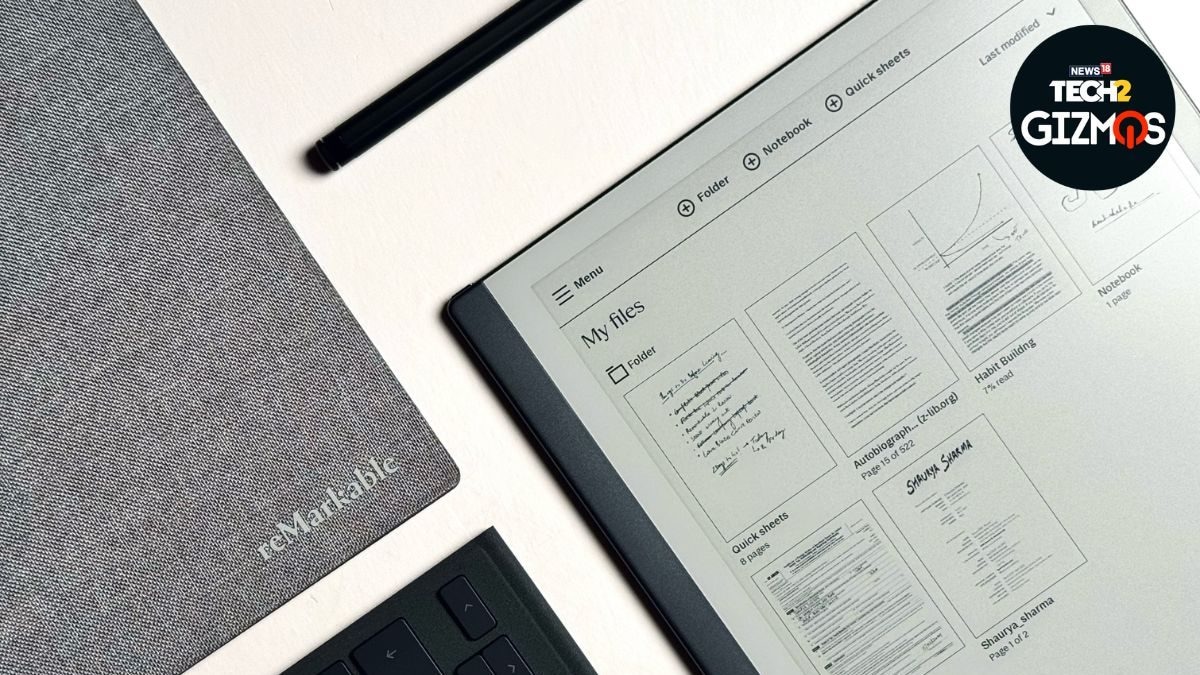Lifespan of a PCB Circuit Board
The lifespan of a pcb circuit board is determined by its use, manufacturing standards, and storage conditions. It can be easily damaged if it is exposed to extreme temperatures or is handled for an extended period of time. This can lead to the board failing, and this is why it is important to handle it properly. The good news is that PCBs can be restored to their original condition, if the right steps are taken.
The first step is to identify the cause of the problem. This can be done by performing a reliability test. This will provide valuable information that can be used to improve the design and increase the longevity of the product. The testing process will also help to identify any weaknesses in the board that can be corrected and prevent failure.
A pcb circuit board is an intricate electronic device that requires a variety of processes and materials to create. These include etching, soldering, and masking. This can be a complicated and resource-intensive process, especially when working with a large number of components. This is why it is crucial to work with a high-quality PCB manufacturer that uses quality materials and performs comprehensive testing.

The Lifespan of a PCB Circuit Board
Using the best quality PCBs can make all the difference in the longevity of your products. A reliable company will work hard to meet your needs and ensure that your product can be a success.
Assembled PCBs are sensitive, and it is important to handle them carefully to extend their life. If they are exposed to harsh environments, they may experience oxidation which will affect the connections, adhesives, and solder joints. This can lead to poor performance and electrical problems. To protect your boards from environmental factors, they should be stored in a clean and dry environment with proper packaging.
The shelf life of a printed circuit board can be affected by several factors, including temperature, humidity, and assembly time. For example, if you store your PCBs in an environment with heavy humidity, the copper may be prone to corrosion. In addition, humidity can cause the PCB to oxidize and lose its protective coating.
In general, a printed circuit board can last up to 2 years after being packaged. The storage time depends on the surface finish and type of PCBs. For example, traditional lead-based finishes should be used within a year, while organic surface preservatives can last up to 6 months.
The baking time of a PCB is another factor that impacts its shelf life. It should be baked for 7-11 hours, and it is recommended to bake them in a climate that is free of moisture. Humidity can corrode the copper and lead to delamination, and it can also damage the laminate material. For this reason, it is critical to bake the circuit boards before shipping them. In the event that you are unable to complete the baking process, you should store them in a sealed container with desiccant packs. The temperature should be stable, and it is not advisable to store the boards for more than 24 hours.



